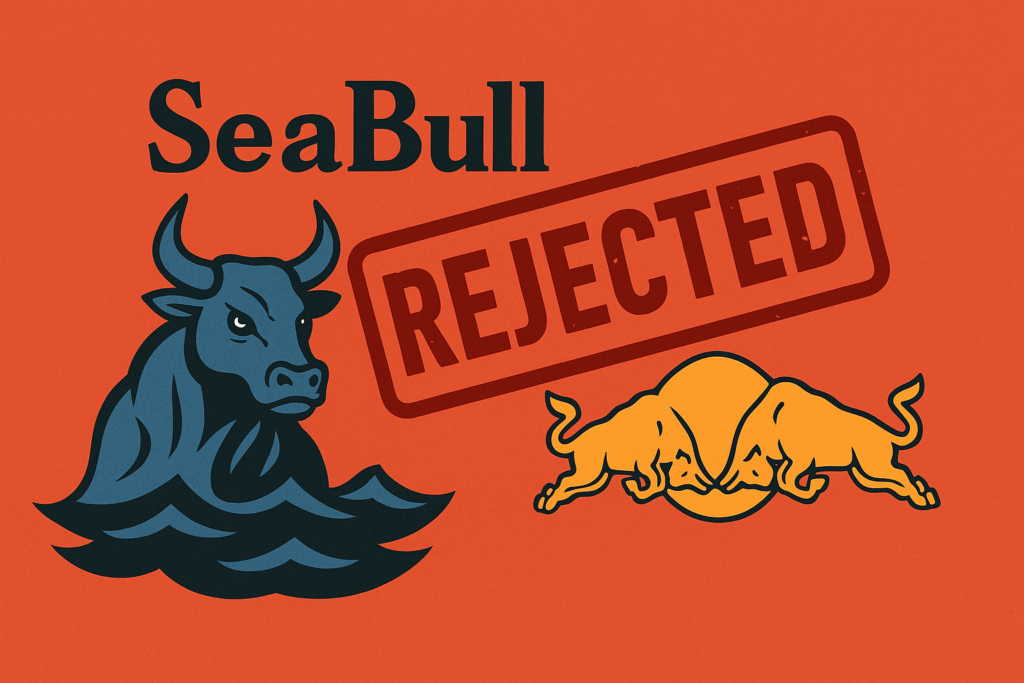Extinct Rights and Existential Threats: Copyright Claims that Shouldn’t Bite, But Still Do
 In the world of entertainment, nothing stops a production faster than a copyright claim — even when the claimant doesn’t actually have a leg (or claw) to stand on.
In the world of entertainment, nothing stops a production faster than a copyright claim — even when the claimant doesn’t actually have a leg (or claw) to stand on.
Take, for example, a recent kerfuffle involving a dinosaur skull. Yes, a dinosaur skull. A marketing team used a stock image of a fossil for a film poster. Shortly after, they received a cease and desist from someone asserting copyright over the image — or more nebulously, over “the representation” of the skull itself. A fossilised jawbone that hasn’t had an original idea in 66 million years? Not the most obvious candidate for copyright protection.
And yet, the production company found itself in a bind. Time was short, the distributor was nervous, and the platform had already flagged the content under its automated systems. Legally, the claim didn’t stack up. Commercially, it still had teeth.
Welcome to the prehistoric jungle of copyright brinksmanship.
When Copyright Doesn’t Exist (But the Threat Still Does)
Under Australian law — and most copyright regimes — not everything is capable of being protected:
-
Natural formations (like fossils, mountains, or sea shells)? No copyright.
-
Basic factual photos taken with no creativity (e.g. museum catalogue snaps)? Likely not protected, or may already be in the public domain.
-
Ancient artefacts or artworks? Copyright has almost certainly expired — assuming it existed in the first place.
Even modern reproductions of old things don’t necessarily create new rights. The High Court in IceTV Pty Ltd v Nine Network Australia Pty Ltd [2009] HCA 14 was crystal clear: originality matters. Sweat of the brow won’t cut it.
But that doesn’t stop people — or bots — from claiming rights anyway. Particularly when money, notoriety, or mistaken beliefs are at play.
The Problem with Platform Panic
Most modern disputes don’t start in court — they start with takedown notices:
-
A DMCA claim to YouTube,
-
A flagged post on Meta or TikTok,
-
A licensing hold-up at the distributor level.
These processes are fast, opaque, and slanted toward rights holders (real or imagined). Fighting them requires time and evidence. Meanwhile, your release window slips away and your investor starts asking questions.
What Should You Do? Five Jurassic Principles
1. Know What You’re Looking At
Ask: Is the underlying subject matter capable of copyright protection? A taxidermied tiger, a Greco-Roman bust, or a piece of driftwood might not pass the threshold.
2. Trace the Chain
Even if the subject is unprotectable, the photograph or render might be. But who owns it? Was it created under licence? Is it truly original?
3. Don’t Assume the Claimant Understands Copyright Law
Many people think “I took a photo, so I own the image of the thing in the photo.” That’s not how it works. Be prepared to explain gently (or not so gently).
4. Be Ready to Push Back
If you’re legally in the clear, a well-structured rebuttal often gets the job done. Cite relevant case law, identify flaws in the claim, and invite the claimant to back down — preferably in writing.
5. But Be Prepared to Deal
Sometimes, you do a deal not because the claim is strong, but because the alternative is too costly. A nuisance settlement, a rights clarification, or a rapid poster redesign might save your release. That’s not weakness — that’s triage.
Final Thought: A Question of Extinction
When copyright claims are fossilised nonsense, you don’t need to panic — but you do need to be strategic. Entertainment projects move fast, and delays can cost more than a licence ever would. Know your rights, document your sources, and don’t be afraid to call a bluff.
But also? Don’t let a prehistoric claim derail your production. Even in the Jurassic jungle of IP, survival is about knowing when to roar and when to run.
 When most people talk about a “brand”, they’re really thinking about a vibe: a gut-level feel, a cultural footprint, an aesthetic. And all of that matters — but from a legal perspective, a brand only really lives and breathes through what you can protect.
When most people talk about a “brand”, they’re really thinking about a vibe: a gut-level feel, a cultural footprint, an aesthetic. And all of that matters — but from a legal perspective, a brand only really lives and breathes through what you can protect. In the world of IP, form usually follows function—until it tries to live forever.
In the world of IP, form usually follows function—until it tries to live forever. The Case in Brief
The Case in Brief Launching a brand? Running a business? Advising one? Then you already know the power of a strong name, logo, or tagline. But what makes a brand not just memorable — but legally defensible?
Launching a brand? Running a business? Advising one? Then you already know the power of a strong name, logo, or tagline. But what makes a brand not just memorable — but legally defensible? Firstmac’s long-running dispute with Zip Co over the word “ZIP” has taken another sharp turn—this time with Zip Co applying for special leave to appeal to the High Court.
Firstmac’s long-running dispute with Zip Co over the word “ZIP” has taken another sharp turn—this time with Zip Co applying for special leave to appeal to the High Court. If there’s one thing Red Bull hates more than caffeine-free soft drinks, it’s brand drift. And the latest target of its energy-charged enforcement? A would-be beverage mark from China: SeaBull.
If there’s one thing Red Bull hates more than caffeine-free soft drinks, it’s brand drift. And the latest target of its energy-charged enforcement? A would-be beverage mark from China: SeaBull.